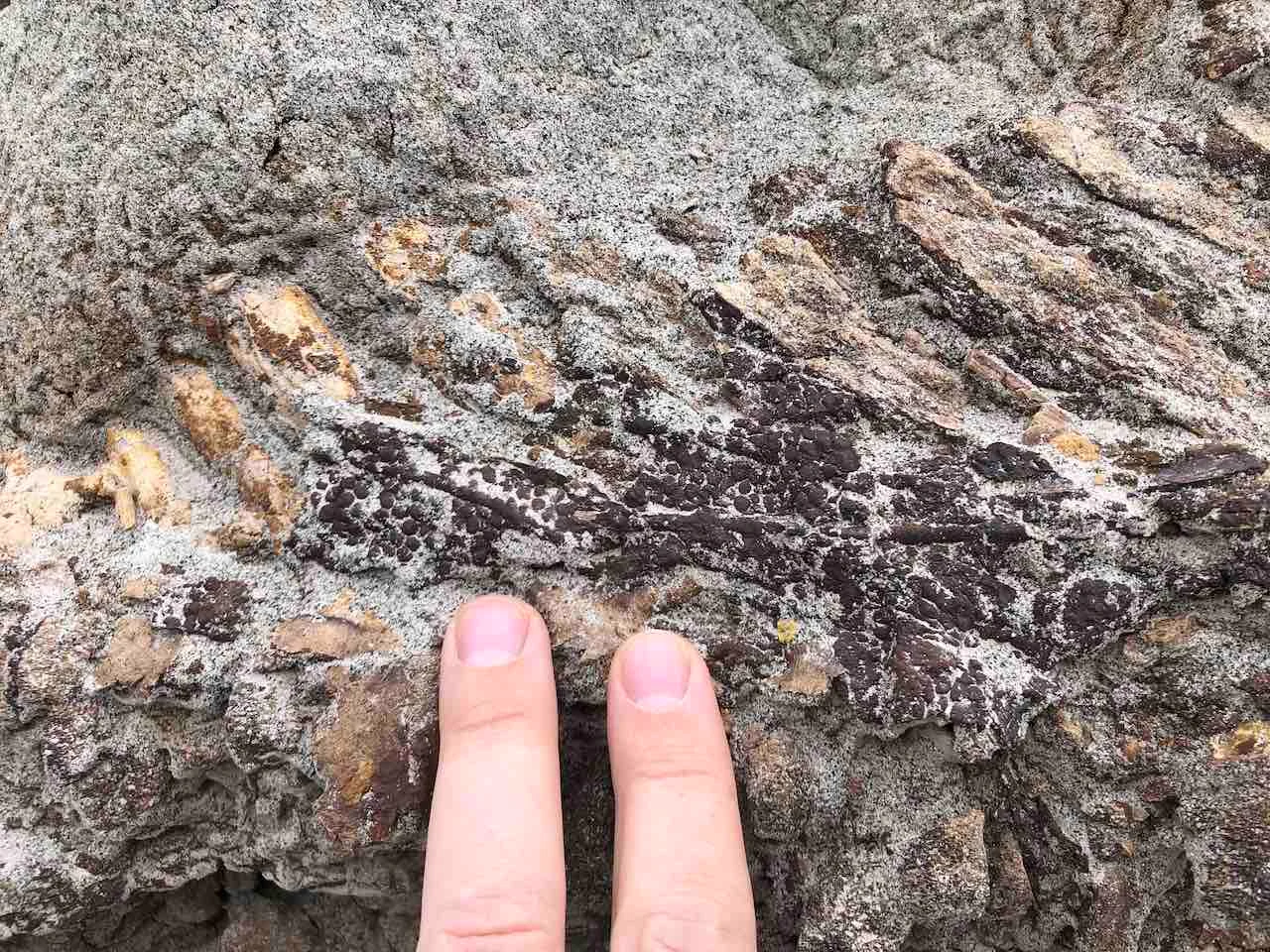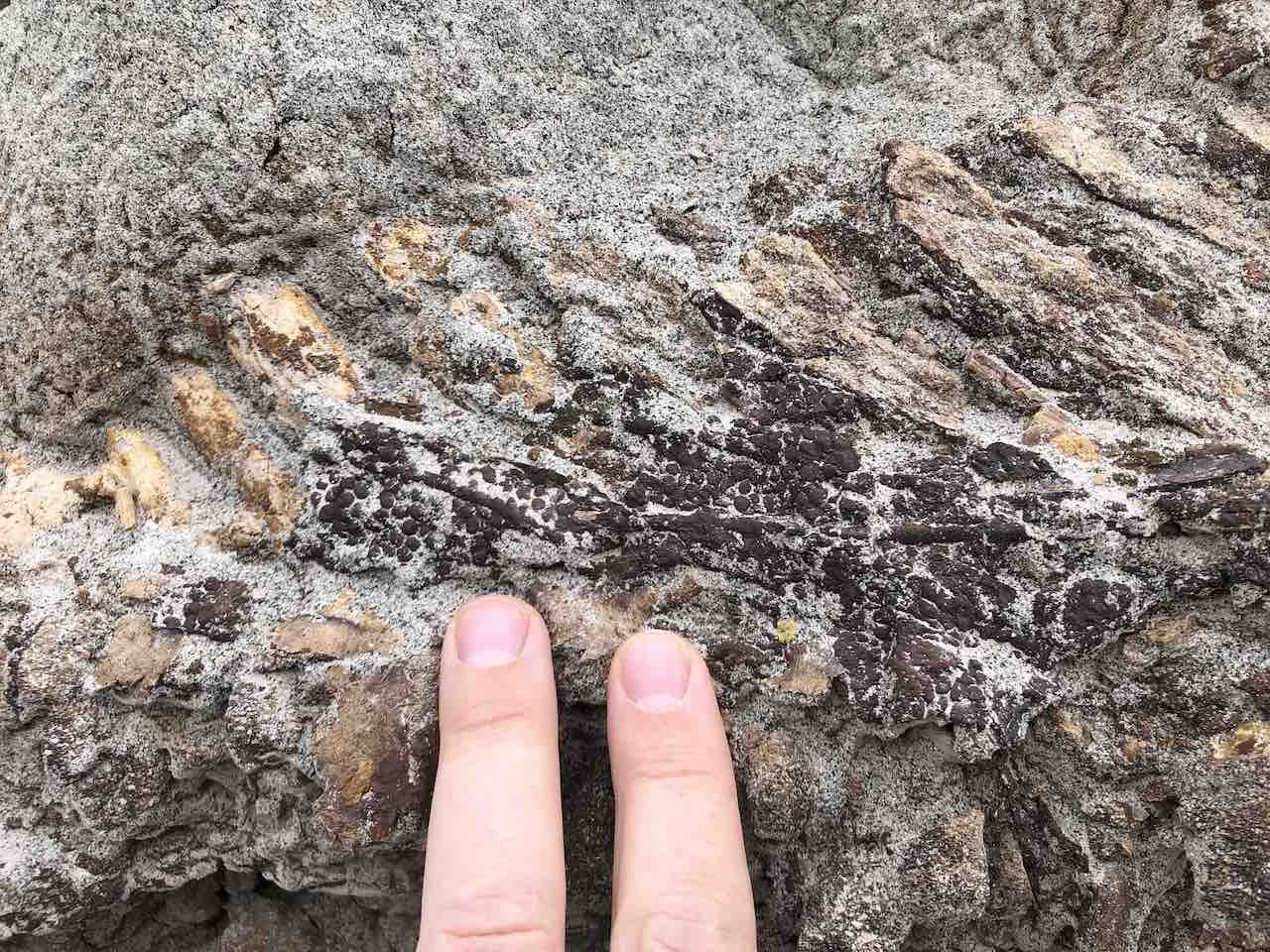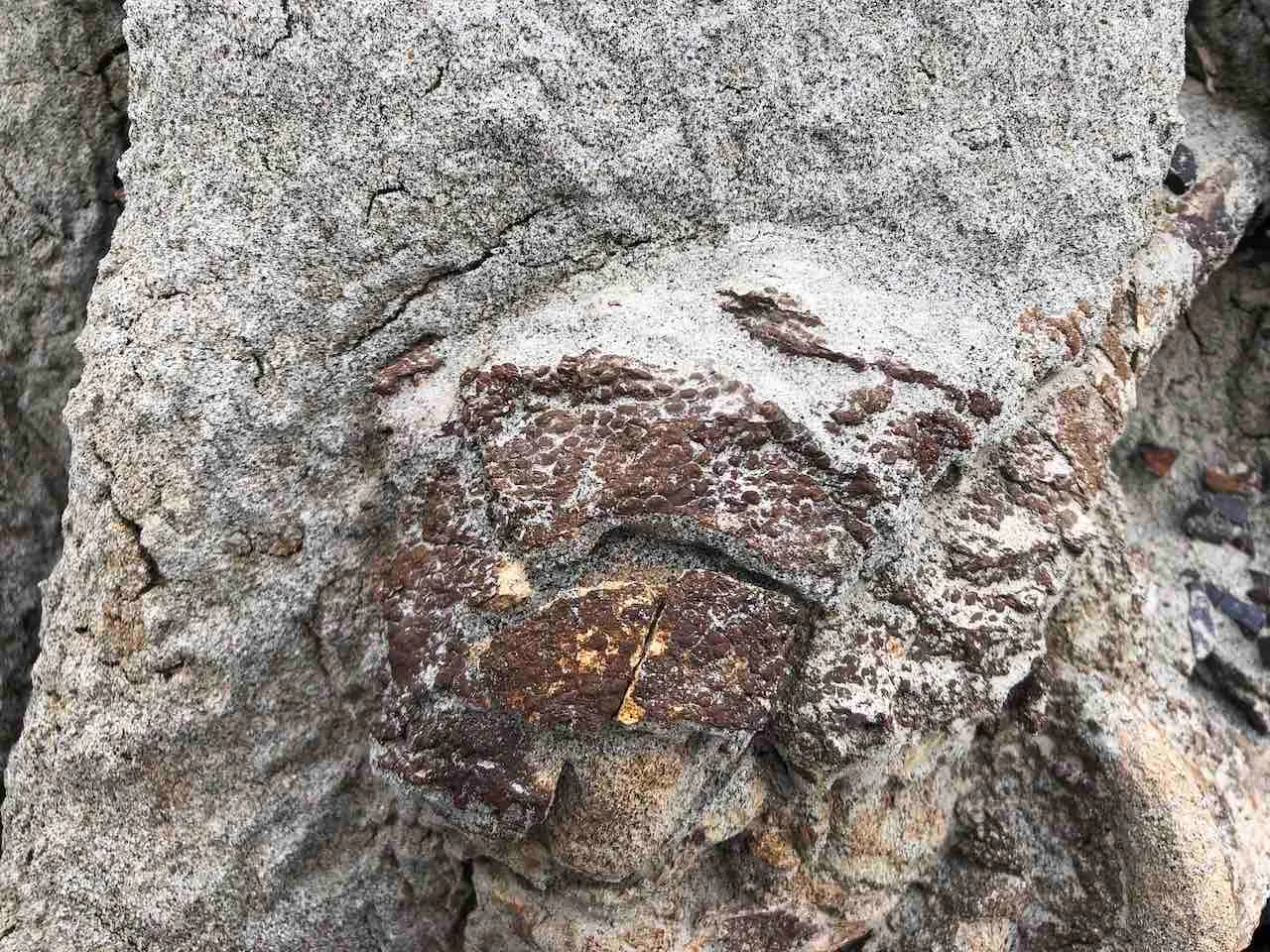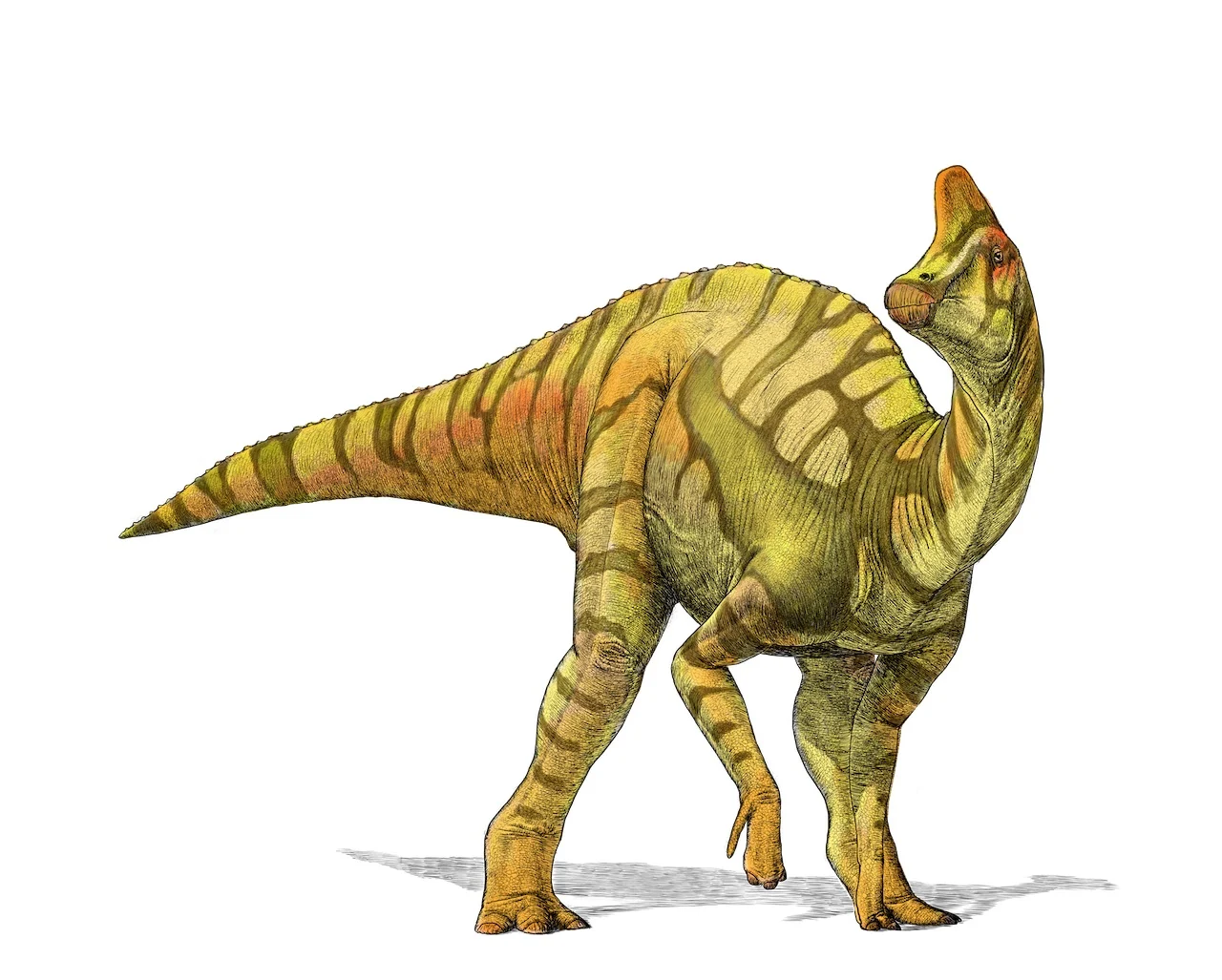
Surprising find of rare fossil with skin excites scientific community
The fossil discovery of a young hadrosaur in Alberta has scientists exhilarated over its pristine condition with skin on it
An accidental discovery for Teri Kaskie is causing quite a stir in the paleontology world.
While on the hunt during a 2021 scouting visit at Dinosaur Provincial Park, situated in the southern Alberta badlands, the biologist stumbled upon a sizable hadrosaur fossil that immediately caught her eye.
MUST READ: Buzz off! 5 things you'll need to keep wasps away from your home
As it turns out, after a thorough look at it, she found a young hadrosaur in such pristine condition it still had skin on it.
The Royal Tyrrell Museum of Paleontology in Drumheller, Alta., was alerted to the unique finding. Hadrosaur skeletons are regularly found in the area, but locating a fossil as well preserved as Kaskie's discovery is very rare, according to experts.

(Royal Tyrrell Museum of Palaeontology)
"We took so many photos. We sent them to the Royal Tyrrell Museum staff [and said], 'Hey, I think we found something really big here,'" said Brian Pickles, a professor from the University of Reading in England, in an interview with CBC News.
According to the Royal Tyrrell Museum of Palaeontology, there are three features of the fossil that make it unique: It's a youth, the entire skeleton is potentially buried under the rock and there could be even more preserved skin covering other parts of the fossil that are currently protected.
Large-bodied and duck-billed, the hadrosaur is a herbivorous creature.

(Royal Tyrrell Museum of Palaeontology)
"The exposed fossils include a large portion of the animal’s tail and its right hind foot. These body parts are oriented in a way that suggests the entire skeleton may still be preserved within the hill. Whole skeletons are very rare, and provide important insights about the animal’s appearance and overall anatomy," the museum wrote in a blog.
Caleb Brown, curator of dinosaur systematics and evolution at the Royal Tyrrell Museum, told CBC News there have been approximately 400 to 500 dinosaur skeletons or skulls uncovered from the area. The difficulty doesn't lie in finding a hadrosaurs bone, but in discovering one with skin on it, which is "quite rare," Brown said.

Illustration of an adolescent Lambeosaurus. (Julius Csotonyi/Royal Tyrrell Museum of Palaeontology)
Skin, and other internal organs, can tell researchers a lot more about an animal than bones can. For example, the skin can offer a glimpse into the behaviour of the animals while they were alive.
Based on the size and preservation of the specimen, fully preparing it for research and public display may take several years, according to the museum.
WATCH: P.E.I. teacher discovers ultra-rare fossil older than the dinosaurs
Thumbnail courtesy of Royal Tyrrell Museum of Palaeontology.
Follow Nathan Howes on Twitter.











